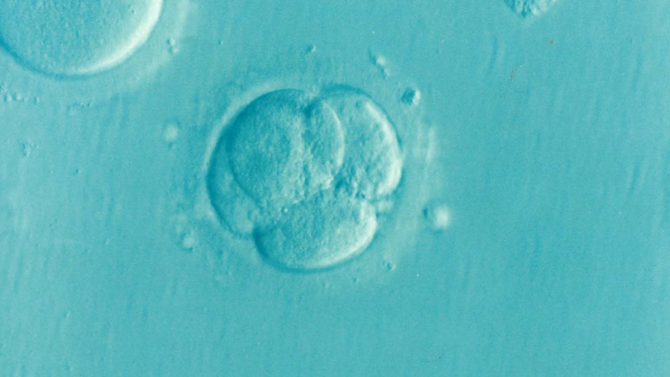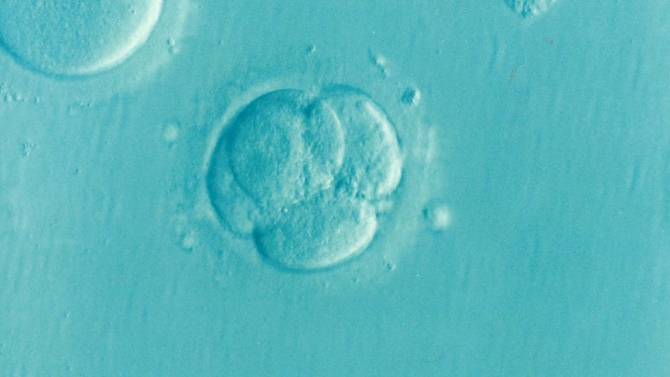A new study claims to have mapped the genomes of embryos created by IVF and suggests that the same techniques used could also be used to enable preimplantation genetic testing (PGT).
The paper, published in Nature Medicine, outlines molecular and statistical techniques for inferring the whole genome sequence of three- and five-day-old in vitro embryos using tiny amounts of genetic material.
The authors believe that this makes it possible to forecast the risk of developing common diseases, such as cancer and diabetes, that are affected by many different genes. Such an approach to understanding the combined effects of many genes is called a polygenic risk score (PRS).
‘Our approach enabled the prediction of both rare and common variants in embryo genomes’ wrote the authors, from genomics company MyOme in California. ‘Our findings may inform the discussion of utility and implementation of genome-based PGT in clinical practice.’
To construct the genomes of more than 100 embryos, the researchers analysed hundreds of thousands of specific sites across the genome, in a process called genotyping. They filled in the gaps in the genomes with genetic sequences from the prospective parents, and compared their predicted genome to that of the born child.
The authors found that they were able, with 97-99 percent accuracy, to infer the correct sequence at sites used to calculate PRSs for 12 medical conditions. They say that this could enable the creation of PRSs for embryos.
While the method for assembling the genomes of embryos is of interest to the scientific community, the predictive value and ethical implications of so-called ‘PGT-P‘ (PGT that involves PGSs) are controversial.
‘It is important to stress that this study does not shed light on the most important aspect of using PRSs for embryo selection from IVF, where there are fundamental questions of both the statistical validity of the PRS in this setting and also the ethical appropriateness of procedure’, said Professor Ewan Birney, deputy director of the European Molecular Biology Laboratory, who was not involved in the study.
In the UK, selecting an embryo based on the genes it carries is only permitted for couples who are at risk of having a child with a serious genetic condition, such as Huntington’s disease or cystic fibrosis. The Human Fertilisation and Embryology Authority has recently stated that it would not be legal to use PGT-P for embryo selection in the UK.
https://www.nature.com/articles/s41591-022-01743-0


